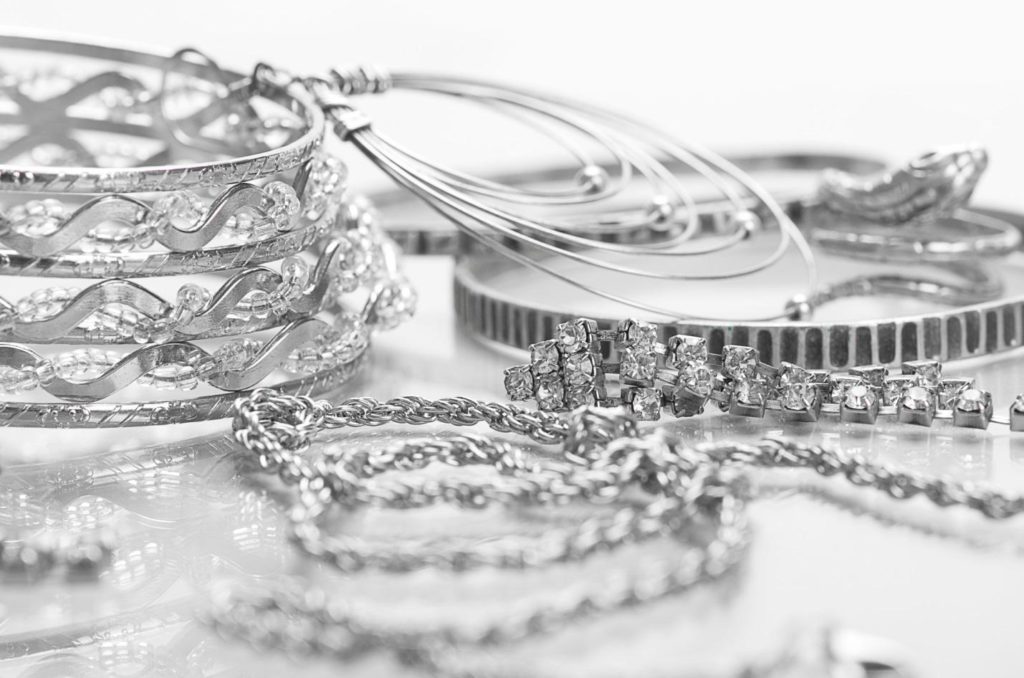Sterling Silver’s Long Lasting Beauty

As you pick that perfect pendant or those gorgeous silver earrings that sparkle as they catch the light, know that you are part of a special tradition. Silver has been the metal of choice for jewelry and tableware for, well, thousands of years. In fact, a recent archaeological dig in Israel uncovered a 3,200-year-old cache of silver that included 5 hoop earrings.
A Brief History in Silver
Silver was first unearthed in Greece and Turkey in 3,000 B.C., and, even then, its discoverers worked to refine it to a purer form through a process called cupellation where they heated the raw metal and blew air over it. Modern popularity began in 1492 when Spanish Conquistadors found rich lodes of silver in South America. Between 1500 and 1800, most silver came from Mexico, Bolivia, and Peru. The first major silver strike in the United States came in 1857 when miners struck the Comstock Lode in Nevada.
Today, silver is found in a number of surprising uses. In the form of silver nitrate, silver has long been used for photography. Because it is the best conductor of heat and electricity, you will find it in electronics, and, because it’s also one of the best conductors of light, you’ll see it frequently used in mirror manufacturing. Silver’s antimicrobial properties have created uses in medicine as antibiotic creams and in infused dressings for wounds. There are even clothing manufacturers who have incorporated the metal into their products to ward off bacteria produced by bodily oils and sweat.
Sterling is the Choice
That refinement process has become an important measure of silver today. New processes have been developed to purify silver to what is known as “three nines fine,” which means that it is 99.9% pure. Pure silver is too soft for most industrial uses or for the wear and tear of jewelry or dinnerware, so it’s only common use today is as an investment product. Silver bullion, as it’s known to traders, is shaped into ingots and coins to be sold on the market and is thought to be preferred over other precious metals because of its demand in industrial use.
The silver you see every day in brooches and rings, in spoons and forks is sterling silver or 925 silver. These terms denote the percentage of silver. To be labeled “sterling” a product must contain at least 92.5% silver (hence 925). Sterling is made by creating an alloy out of silver and other metals, often copper, nickel, and zinc. The alloy creates durability and adds luster to the metal.
To recognize sterling silver, look for the hallmark stamped into its surface. Common hallmarks include “sterling,” “925,” “STG,” Ster,” and “SS.” It’s important to recognize the difference because products without these designations are usually silver plated, which, while beautiful, will eventually lose the coating of silver that gives it luster.
It may sound strange, but silver is produced by stars. When a star explodes creating a supernova, silver is made. Maybe that’s what draws us to it, that ethereal sparkle, that little piece of the cosmos.